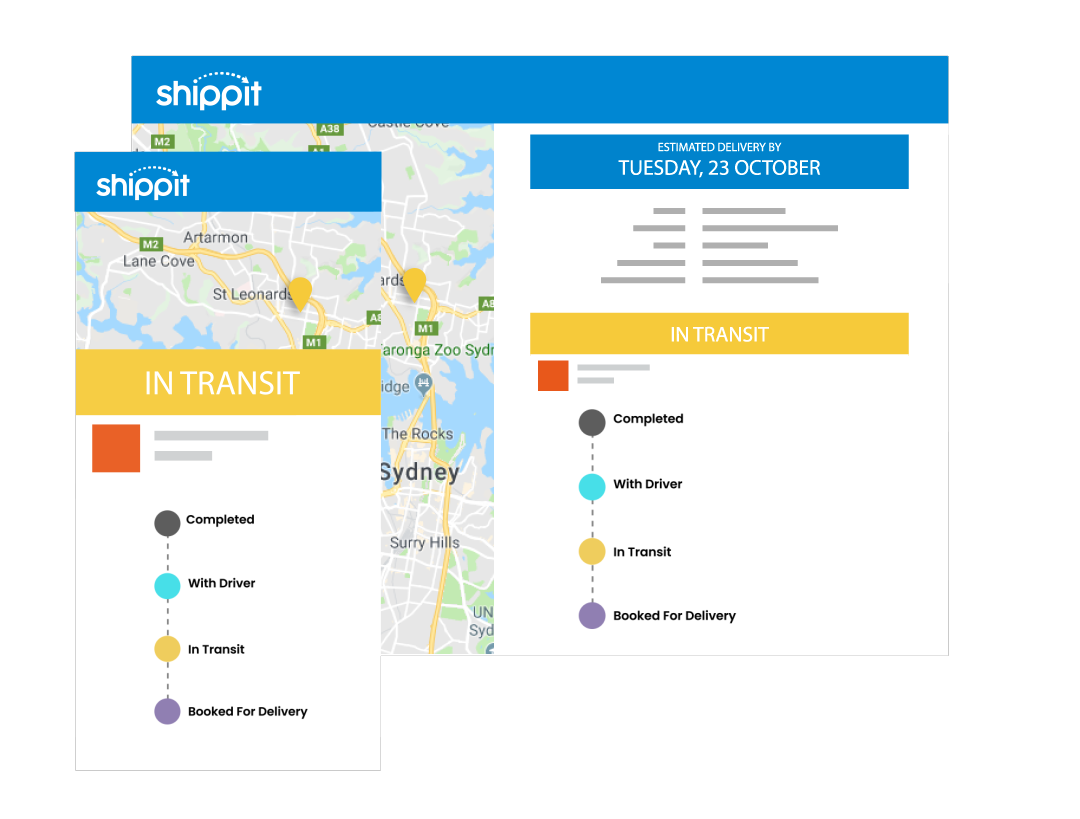If you hadn’t noticed mobile commerce is a pretty big deal, stats show that for the first time ever, mobile accounts for the majority of transactions in every major global market; great news.
And smartphones aren’t just being used for purchasing, Bizreport states that mobiles are being used for product search and to view mobile video ads to aid purchasing decisions, which is even better news in terms of opportunities to close more sales.
What’s not so great, however, is that mobile cart abandonment continues to be a major pain point for online retail, MEF found that 58% of shoppers have started to pay for something via mobile, only to jump ship before checkout.
On the one hand, we have shoppers reaching for their phones for product research (and this is even happening in-store might we add): a major opportunity. On the other hand, we have cart abandonment being worryingly high on mobile: a major problem.
As the saying goes ‘problems are just opportunities in work clothes’, so let’s get down to business and take a look at mistakes online retail is making to cause this mass cart exodus, leaving us free to get on with seizing the wonderful opportunities that mobile creates, which is much more fun.
Mistake 1: Getting too personal
More mobile transactions mean lots of personal and financial information, is stored on the phone so security is essential. PayPal reported that as many as 40% of Australians have experienced a mobile security threat, so we really need to up our game.
Cyberspace can be a daunting place, what with the trolls, hackers and scammers, putting your payment details in can feel a bit like walking blindfolded down a dark street waving $50 bills in the air. Just look at the recent CBA text hoax as a case in point example.
Solution:
Allowing customers to pay through Apple Pay, Android Pay, Mastercard’s Masterclass, Paypal or buy now, pay later options (and make no mistake people love this option!), will ease their mind that you’re one of the good guys and see them pushing that metaphorical cart right through checkout.
Mistake 2: A long and drawn out process
Customer’s don’t want to be forced to register in order to check-out, in fact, this is the second biggest no-no.
82% of Australians surveyed by PayPal said they were making mobile purchases while relaxing at home or watching TV. So they don’t want to miss the cliffhanger because they were filling in a survey.
Solution:
Keep the satisfaction surveys for after check out, provide an option to checkout as a guest, rather than register right then and there.
Also it helps to bear in mind that according to some data, shoppers may well be browsing your site in the wee hours of the morning and, let’s be honest data entry on a mobile are tricky enough, add fatigue into the equation and your customer might just nod off before they’ve hit ‘confirm’.
Mistake 3: Not providing quantity and quality
70% of customers want to see at least three product images before buying and it seems mobile sites are just not up to par in comparison to a desktop.
Solution:
Mobile is always going to have an obvious disadvantage to desktop in that it’s smaller (of course), but that’s not an excuse to cut down on the number of your product images. Images should be good quality too, which means they are ideally not static and have a top-notch zoom function making it easy for your customer to pinch and swipe right through to check-out.
Mistake 4: At the risk of repeating ourselves
It’s our old friend, unexpected shipping costs. Shipping is your e-customers be all and end all. And it’s not just us that thinks so, the stats are right here and here
Solution:
Be upfront about the shipping costs, don’t try to sneak them in at the last minute, that’s assuming you are still charging for shipping that is…
It pays to remember that once you have this covered there’s no time to put your feet up, if you want to stay ahead of the pack, the next trend is looking to be s-commerce (OK so we may have made that term up, but it might catch on).
In other words, using social platforms to drive purchases. 11% of respondents to this report have made a purchase via social media and you can be sure this number will be much higher in a year’s time.
The ‘mobile first’ movement isn’t going anywhere fast and as a result, we’ll leave you with a gift; check out this tool to test if your site is up to scratch when viewed on mobile. You’re welcome.

Shippit.com is the shipping engine for modern retail. Learn more about how our software can save you time, money and keep your customers happy.
